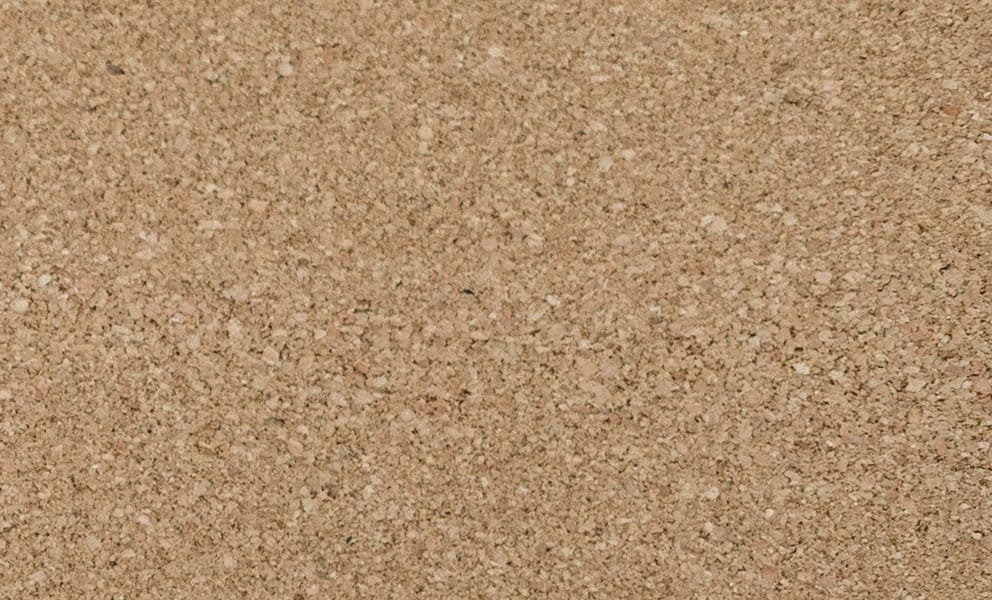Cork is a highly versatile material with a wide range of applications. That spans from the obvious – pinboards, coasters, and wine bottles – to the more obscure, such as iPad covers, shoes, mousemats, or even some woodwind instruments. But more recently, it’s become well known for its use as a thermal insulator.
That’s led to a common query – is cork breathable? It’s a vital consideration, given how important breathability is for insulation, and buildings more generally. To clear things up, this post will answer the very straightforward question about its breathability and discuss why it matters.
The answer is… yes!
Cork is extremely breathable, which allows it to be used to insulate buildings – both externally and internally. Being breathable means it has the ability to let moisture pass though, as a form of ventilation. If it didn’t do this, moisture would be trapped in the building, leading to all sorts of issues. Here’s why that matters…
- Good ventilation – a lot of moisture is created in homes and public buildings. Our daily activities consist of things that release moisture into the air. For example, taking a shower/bath, doing laundry, making a meal, or just simply breathing. It is essential to have thorough ventilation throughout, so moisture is able to escape and not build up inside the home.
- Reduces chances of damp and mould – increased amounts of trapped moisture will inevitably lead to the breakdown of walls and ceilings. Mould will grow in damp places, which could, in turn, create structural issues if left untreated. By using breathable cork, the home will be less likely to become damp and grow mould, which will help air quality. It will also reduce the chances of health problems (particularly lung issues) that can arise when living in a damp environment.
- Insulation – using breathable cork will improve the thermal performance of your home. Heat will not be able to pass through your walls and the moisture will not build up. Overall, good insulation can give you a comfortable temperature with lower energy bills. Cork coatings can also absorb up to 38db of noise, offering good sound insulation.
- Versatility – because it’s breathable, cork can be used in all types of buildings, even if their walls are permeable.
- Sustainable resource – using cork is harmless to the environment as it is sourced without any trees having to be felled. The bark is taken from the cork oak tree which regrows each time it is stripped. Carbon dioxide is reduced in the air as oxygen is released when the bark is removed and regrows. So, cork makes breathing easier in the long run, as well as being breathable itself.
CorkSol’s sustainable solution to breathable insulation
At CorkSol, we empower customers across the UK with the breathable insulative qualities of cork. Our SprayCork coating can be used on both external and internal walls to improve thermal and acoustic performance. Want to find out more or get a quote from one of our Approved Applicators? Contact our team today on 01484 442420 or email [email protected].
